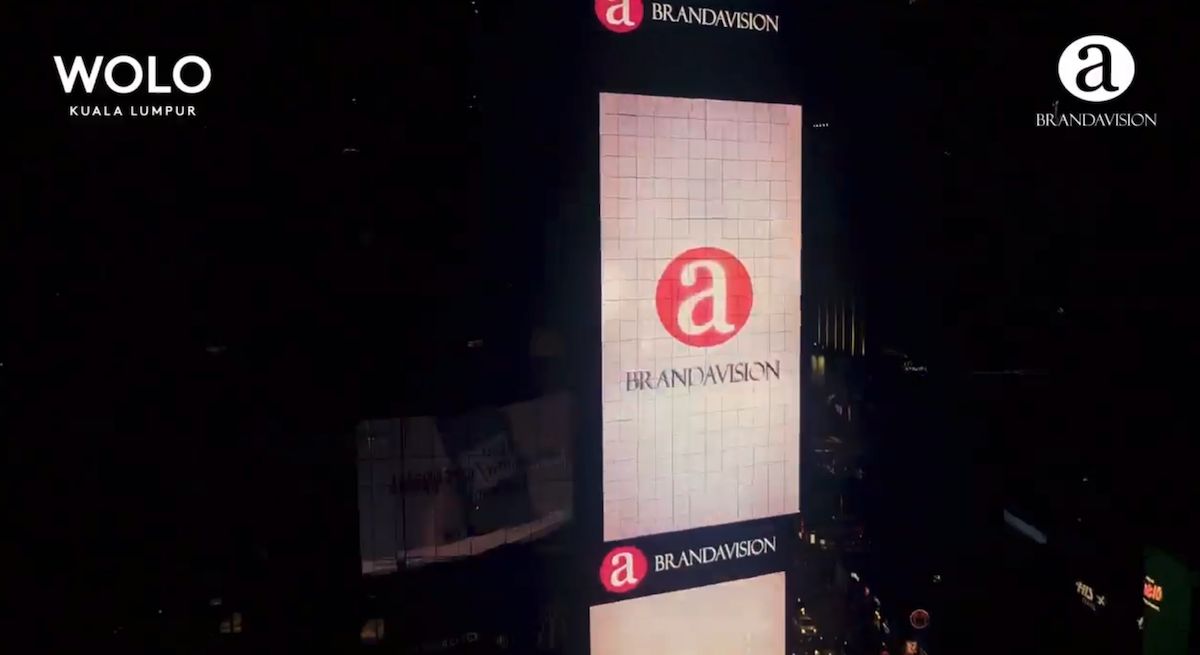
Giant Robotic “3D” LED Board Lights Up In Kuala Lumpur
June 22, 2020 by Dave Haynes
There are still media companies and property owners enchanted by the sight of robotic 3D LED displays – even if a version use by one of the world’s biggest brands in the epicenter of the world’s biggest media market was something of a technical disaster.
A Malaysian OOH media company has made one of the three sections of a giant media column on the facade of a Kuala Lumpur hotel robotic – capable of emulating what was done and then halted on a Coca-Cola board in NYC’s Times Square.
Like the Coke board, this has a section that has the LED modules on sliders that go in and out based on synchronized sequences. The easy way to think of this is imagining dozens of LED modules on the faces of sliding drawers for cabinets.
The problem with these kinds of projects is that moving parts can falter and fail for a variety of reasons, leaving what looked great at inception as blocky mess, with drawers stuck open or failing to totally go to their home position. ALMOST going back in place means a display intended to be seamless has visible blocks around a module – something that gets more obvious with lighter background colors.
It could be reasonably argued that KL’s climate is a lot easier on this kind of project because there is one season – hot and humid. It is 32C and 80% humidity almost daily, year round. So snow and ice are not issues. But anything that moves in and out all day is a potential point of failure, and KL is ranked as one of the most polluted big cities on the planet – meaning there’s lots of crud in the air to gum up parts and filters.
I think these things are interesting in more controlled indoor environments – but mostly in the same way that those madly-whirling LED blades are interesting. It’s a short-term Wow thing that doesn’t deliver a lot of lingering excitement.
Outdoors, it’s going to be challenging operationally, in any climate. The loopy thing is that good creative teams can do visual effects that have three-dimensional qualities just in the file – so the visual experience can be delivered on a static, far more reliable LED surface.
This example from Seoul is a particularly telling example – though at least one animator has told me the effect has a visual sweet spot and isn’t as compelling from other angles. The point, though, is all the technical investment may be unnecessary.
With that noted … if Brandavision, the media company, is successful in selling it and making the board operate at a profit, good for those guys.
The tech appears to be from Hangzhou, China’s PJ Link.




Leave a comment